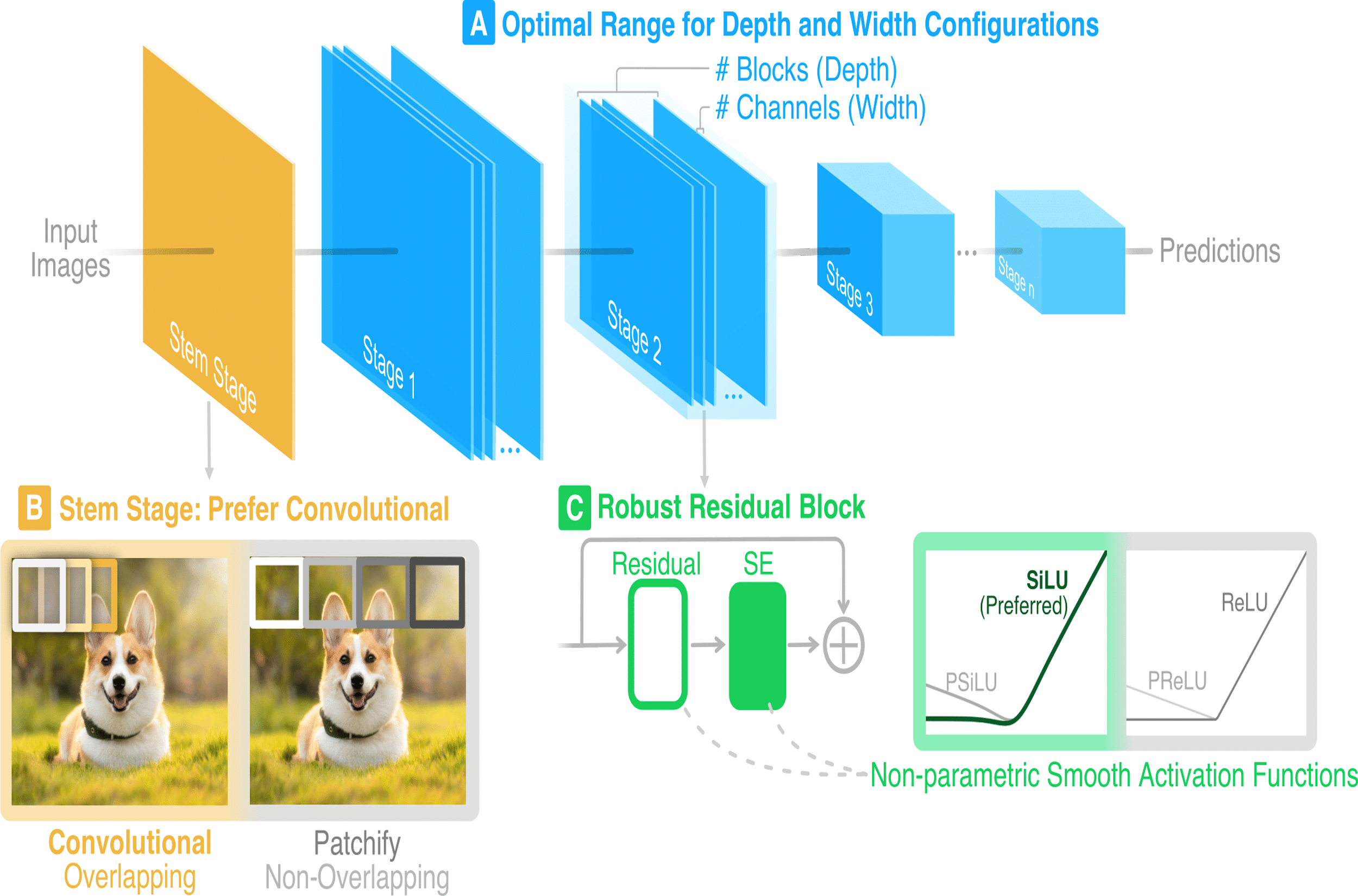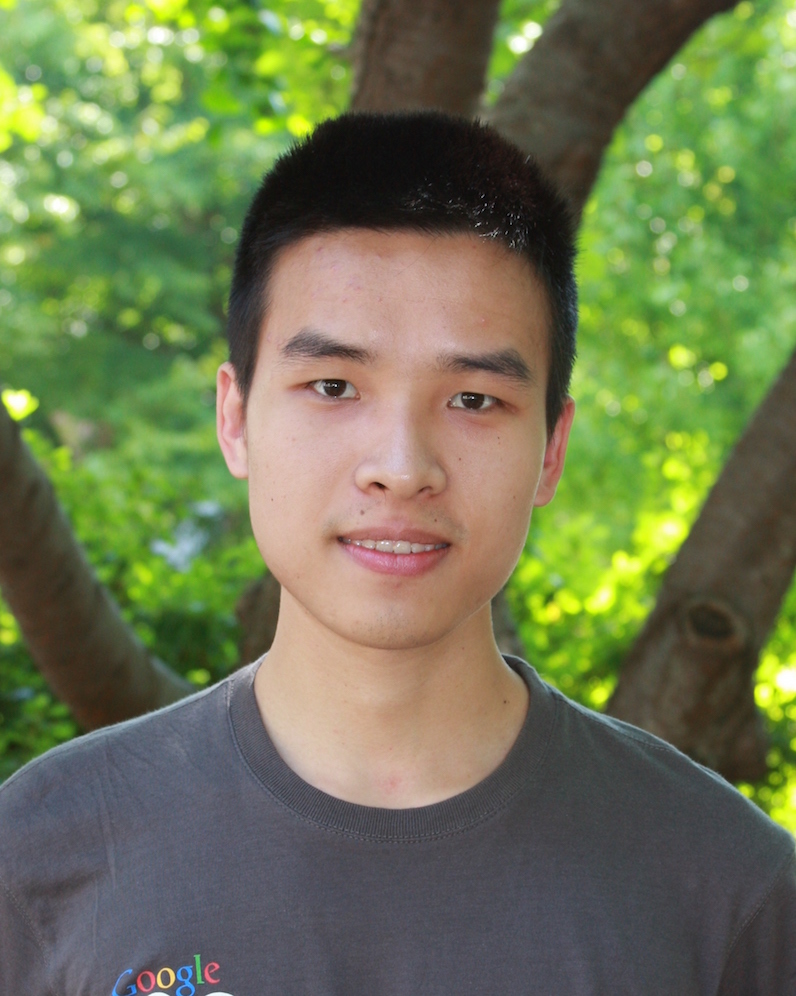Robust Principles: Architectural Design Principles for Adversarially Robust CNNs
Abstract
We aim to unify existing works’ diverging opinions on how architectural components affect the adversarial robustness of CNNs. To accomplish our goal, we synthesize a suite of three generalizable robust architectural design principles: (a) optimal range for depth and width configurations, (b) preferring convolutional over patchify stem stage, and (c) robust residual block design through adopting squeeze and excitation blocks and non-parametric smooth activation functions. Through extensive experiments across a wide spectrum of dataset scales, adversarial training methods, model parameters, and network design spaces, our principles consistently and markedly improve AutoAttack accuracy: 1-3 percentage points (pp) on CIFAR-10 and CIFAR-100, and 4-9 pp on ImageNet.

BibTeX
@article{peng2023robust,
title={Robust Principles: Architectural Design Principles for Adversarially Robust CNNs},
author={Peng, ShengYun and Xu, Weilin and Cornelius, Cory and Hull, Matthew and Li, Kevin and Duggal, Rahul and Phute, Mansi and Martin, Jason and Chau, Duen Horng},
journal={arXiv preprint arXiv:2308.16258},
year={2023}
}




 Kevin Li
Kevin Li


